The most controversial thing about saffron is its price. However, the origin and history of saffron are still shrouded in many doubts. In this article, we will explore the history of saffron, its first mention in myth and archeological findings. Let’s take a more in-depth look at the origin of saffron and its use in ancient records and texts.
The Etymology of the Word “Saffron”
If we track back to the original name of saffron, we will land up with a Persian word “zarparān” and the Arabic form that has been derived from it “za’farān“. In Persian language, zar means gold and par means flower blossom. Thus, the word, “zarparan” may refer to the value of the flower which was as precious as gold. The golden hue and glaze extracted from the stigmas may be the other reason behind the naming.
read more: Expensive Spices in the World
Today, one can find this labor-intensive crop mainly in Iran, Afghanistan, Spain, Morocco, and India. Iran is the leading saffron supplier in the world today producing over 85% of the world’s saffron. The reason may be the fact that the climate is dry and sunny which is most suitable for its cultivation. But, cheap labor is an important factor too.
Afghanistan is also increasingly making a name in the saffron harvesting industry. The reason is an attempt to stop the widespread cultivation of opium in the area.
Ancient History and Origins
Saffron (Crocus sativus ) is one of the world’s most highly prized and expensive spices. This sterile triploid plant does not grow naturally, so it must be planted by human hands, the flowers bloom just for a few hours in autumn, and the three red-orange stigmas are removed by hand in just a few hours before sunrise. The labor-intensive harvest is one of the main reasons for saffron’s extraordinary cost.
The original saffron crocus comes from the Mediterranean area in the middle east, ancient Persia (Iran), Greece and Asia Minor. Saffron has a recorded history of more than 3,500 years of use and is one of the few spices known to have been used throughout the whole of recorded history. It has long been a symbol of wealth and high status, with great cultural, medicinal and culinary significance and has been used as a dye, perfume, spice and medicine. Saffron is mentioned in the Old Testament and in classical Greek and Roman literature. Today Iran produces 85% of the world’s supply.
Saffron has also been used in religious rituals, to color and scent textiles, in foods, as a perfume, in cosmetics, and in folk medicine for many illnesses such as melancholy. It has a very high picking and planting cost, the plants need soil of high nutrient content, with a distinct winter and summer, the winters being cold and the summers hot and dry. Mechanical harvesting has not yet been developed.
This short but very detailed article tells about the rarity of saffron, its symbolism, and its value for many civilizations Crocus sativus
Prehistoric Use and Mythology
After the Bronze Age, there is also evidence of earlier prehistoric usage. Saffron-related pigments have been found in Iraq cave drawings that have been dated at around 50,000 years old. Saffron is also prominent in “saffron mythology”, often as part of “Greek mythology” early stories that identified saffron with Hermes, the Greek god, and a young man, Crocus (from “crocus Greek mythology” story), who was transformed into a saffron flower. This “saffron story” is also the origin of “crocus myth” or “crocus mythology”, a “goddess saffron” or “goddess safron” was sometimes said to have been created from it.

Saffron in Ancient Egypt and Mesopotamia
Saffron was frequently used by ancient cultures in Mesopotamia and Egypt, helping to further develop its reputation as a useful product for many different purposes.
Ancient Sumerian texts mention saffron as a component of powerful medicines and as an item in ritual practices. It was used for its color and scent as a prized offering for temples and as an oil for anointments. Cleopatra
The ancient Egyptians were also well known for using saffron, with Cleopatra having been famous for her use of saffron to make perfumes, to add scent and flavor to her cosmetics, and to color her royal robes. It was also used for other medicinal uses such as to treat stomach ailments and even as an aphrodisiac.
Saffron in Ancient Greece and Rome
The saffron spice was similarly well accepted in the Greco-Roman world where it was used in daily life, in art, and in the widespread practice of medicine.
Athenian women and Greek societies in general used saffron as a symbol of wealth and high social standing and to perfume the air in public halls, courts, and theaters. Greek women also used saffron to color fine cloths and as a cosmetic. Physicians in Greece recorded many uses for saffron in medicine. Hippocrates in particular noted its value in treating a large number of diseases, including mood disorders, insomnia, various digestive problems, and menstrual cramps.
Roman societies inherited the versatile uses of saffron from the Greeks, using it as a spice and adding its flavor and deep golden color to many dishes. Saffron scent was used in many public baths and saffron was used as a dye for clothing and also to color wines during celebratory feasts. Pliny the Elder wrote a treatise about the saffron plant’s medical effects, economics, and how it was cultivated. The high quantities needed for saffron’s many uses resulted in widespread cultivation or import and trade networks throughout the Mediterranean and beyond.
Saffron in the Middle Ages and Arab Influence
The medieval period was also marked by the effect of the global trade routes that spread into and through the world of Arab influence. In particular, saffron was a highly valued commodity that was heavily influenced by the Arab trade route.
The collapse of the Western Roman Empire saw the use and production of saffron in parts of Europe, neglected. However, its cultivation and use continued to be closely guarded and enhanced in the Byzantine Empire and the Islamic World in development at that time. Arab merchants were responsible for reintroducing saffron to western Europe, especially to the region of Spain, through the Islamic conquests and what was called the “Arab Influence.” This reintroduction to the Iberian Peninsula spread the crop, a host of techniques on its cultivation, and knowledge of its medicinal and culinary usage.
The “Silk Road” became an important trade route for saffron in Asia, the Middle East, and with the west. With the high cost of saffron as one of the most expensive spices, it was often the subject of fraud and adulteration, and severe rules and punishments were set for the sale of fraudulent saffron by sellers. Saffron was also of use in the “Black Death,” as people were looking for any possible remedy to the plague and the spice was in great demand, prompting cultivation in some regions.
Saffron in the Renaissance and European Cultivation
During the Renaissance, European cultivation and use of saffron once again increased.
Increasingly open trade routes and the blossoming of European economies lead to a renewed interest in saffron. Saffron growing became particularly important in Italy (in the region surrounding L’Aquila), France and England (such as at Saffron Walden). In addition to being a popular and expensive spice, saffron was used as a dye for expensive textiles, and it was listed in pharmacopeias of the time. The period is defined by the “Rise of European Cultivation” since, by increasing production in Europe, the economic burden and cost of imported spice was lessened.
On the other hand, the Renaissance era is defined by the “Decline and Revival” of saffron. Many times, the “Bubble” burst from being an overburdened single-crop region. Add to this the unpredictability of politics and war and the always high labor costs, and one can see the rise and fall of Saffron Towns. Saffron Walden of England is a good example of a famous and historic saffron town which fell victim to the influx of less expensive imports. Despite the periodic rise and fall, saffron remained an extremely desirable spice, which kept markets innovating and the crocus competitive.
Saffron in the Modern Era and Today
Saffron has continued to hold its luxury appeal in the modern era, although there has been a shift in global production centers, as well as an increase in focus on scientific investigation of saffron’s properties.
Production of saffron today is largely concentrated in Iran, which produces over 90% of the total global production. The natural climate of the Iranian plateau, as well as years of experience and cultivation expertise, position Iran as a leader in the field, as reflected in this chart labeled “Global Saffron Production Today.” Other important centers of saffron production include Spain (known for its “Spanish saffron”), India (with Kashmir saffron being a notable variety, which is distinct and highly valued for its dark red color and intense aroma), Greece (particularly the town of Krokos in the Kozani region, which has a Protected Designation of Origin for its high-quality saffron), Italy (where saffron is still grown in areas like Sardinia and Abruzzo, carrying on ancient traditions), and Afghanistan (gaining more attention in recent years for producing high-quality saffron). Scientific agricultural advances have improved upon cultivation techniques, while the main method of labor-intensive harvesting is still used.

Saffron in the New World
While historically rooted in the Old World, saffron cultivation has expanded into “Saffron in the New World,” with nascent efforts in regions of North America (e.g., the United States), South America, and Australia. These ventures explore the feasibility of localized production to meet specific market demands, often focusing on niche markets for specialty or organic saffron. This expansion reflects the ongoing global interest in this high-value crop.
Medicinal and Health Uses of Saffron
Centuries of consistent praise for saffron’s healing qualities and effects on physical well-being have finally started to be validated by science.
Used as a sedative, antidepressant, anti-inflammatory, antispasmodic, and treatment for numerous other conditions in Egypt, Greece, Rome, and Persia, among others, saffron has long been mentioned in history books as an “Ancient Medicine and Dye.” Saffron has been extensively used in Ayurvedic and Unani systems of medicine for treating disorders related to digestion, menstrual cycle, and general health.
Recent studies have corroborated and demonstrated the efficacy of many of these traditional and historical uses in a scientific setting. The compounds in saffron exhibit high antioxidant and strong anti-inflammatory activities. Its role in ameliorating oxidative stress and inflammation in the body is the subject of numerous studies. Clinical trials on human participants and animal models are also being done to study its efficacy in treating mild to moderate depression. Some studies on saffron for depression found effects similar to certain antidepressants. Neuroprotective, anticancer, and appetite-suppressing are some of its other interesting roles being studied in research labs. (NOTE: Saffron in large doses (for example, in the range of grams per day) can be toxic. Therefore, it is important to use the spice in moderation.) Saffron doesn’t per se “make you tired.” But it can modulate mood and relaxation and contribute to your general feeling of well-being. More such “facts about saffron” are being revealed through current research.
Global Saffron Production Today
Saffron cultivation is now widespread across various parts of the world. However, there are several countries that have been and continue to be the primary producers of saffron:
Iran: As of the present day, Iran accounts for a staggering 90-95% of global saffron production. The country, particularly the Iranian plateau, has both a long history of saffron cultivation as well as the optimal agro-climatic conditions for its growth. This has also led to the amassing of expertise in saffron farming and processing in the region.
Other countries saffron production include:
Spain: Spain has a long history of saffron cultivation and is home to the “Spanish saffron,” which is often used as a benchmark for quality saffron.
read more: Persian saffron vs Spanish Saffron: Which to Buy in 2025
India: India, and more specifically, the Kashmir region of the country, is known for producing its own unique variety of saffron. It is renowned for its dark red strands and robust aroma.
read more: Iranian Saffron vs Indian Saffron: A Comparative Analysis
Greece: The town of Krokos in Kozani, Greece, is also a major producer of saffron and even has a Protected Designation of Origin for its saffron.
Italy: While it has declined in recent years, Italy still continues the practice of saffron cultivation in areas such as Sardinia and Abruzzo.
Afghanistan: Afghanistan has been emerging as a significant saffron producer, with its product being recognized for its high quality.
The list continues with other countries that also engage in saffron farming in significant quantities. Saffron cultivation is now being tried in new areas of the world as well, such as the “Saffron in the New World” (Americas) given the economic value of the crop.
Conclusion
The recorded history of saffron begins with the Minoan period, is found in the early “Greek mythology,” and extends to its documented uses in ancient Egypt, Mesopotamia, Greece, and Rome. Throughout this time it was a luxury item, often valued as highly as gold and traded worldwide as a spice, a medicine, and as a dye. Archaeological evidence shows that the use of saffron dates back thousands of years. In the medieval period saffron was imported through the Silk Road trading routes; and after falling into obscurity, was rediscovered and re-established as a culinary and medicinal spice in the Renaissance. Saffron continues to be used widely around the world and is a subject of scientific research which continues to substantiate some of its long-claimed uses and discover new “facts about saffron” and health benefits.





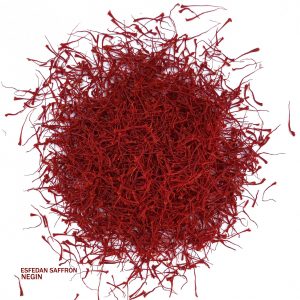
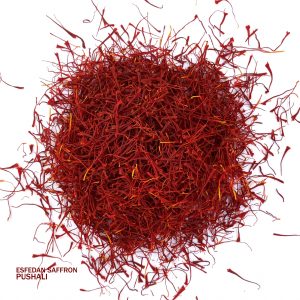
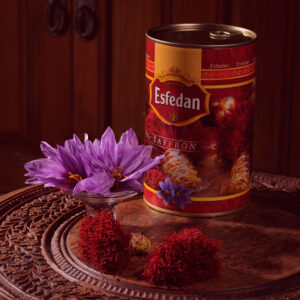
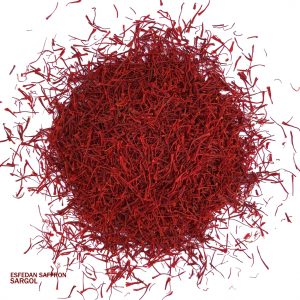
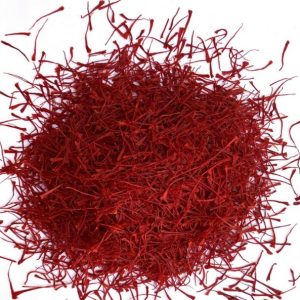
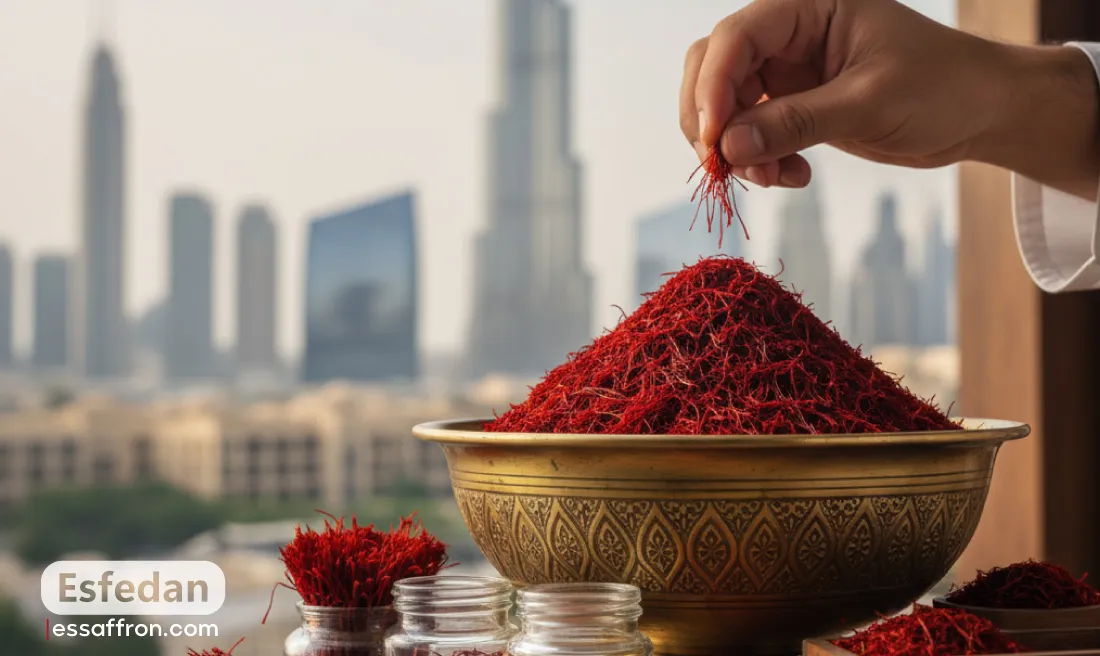
2 Responses
Thank you, this article was useful
Thank you for your positive opinion